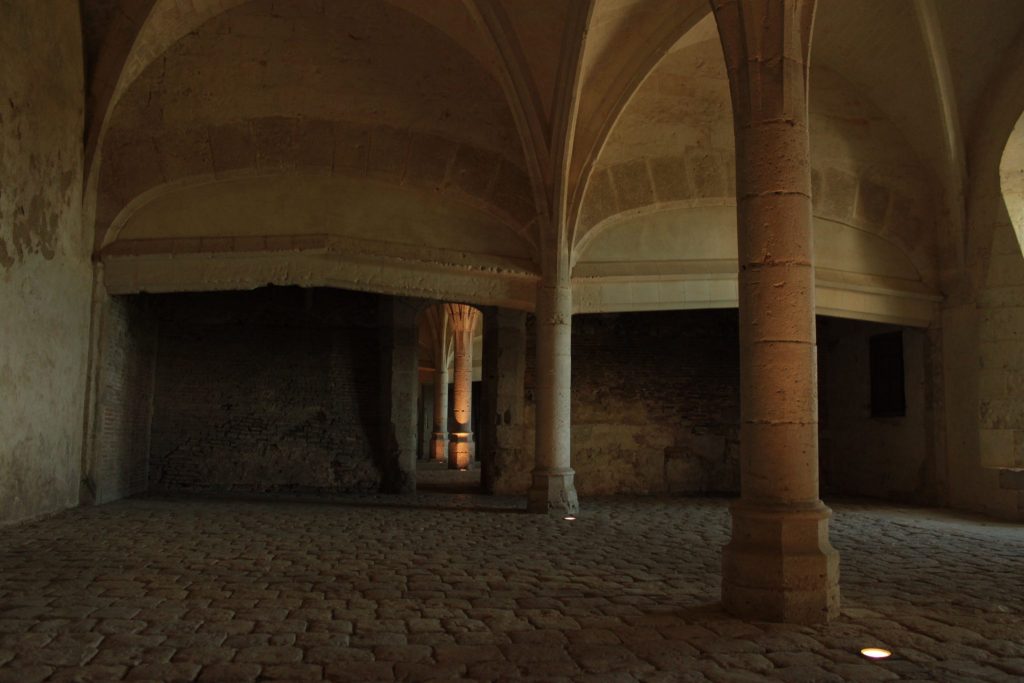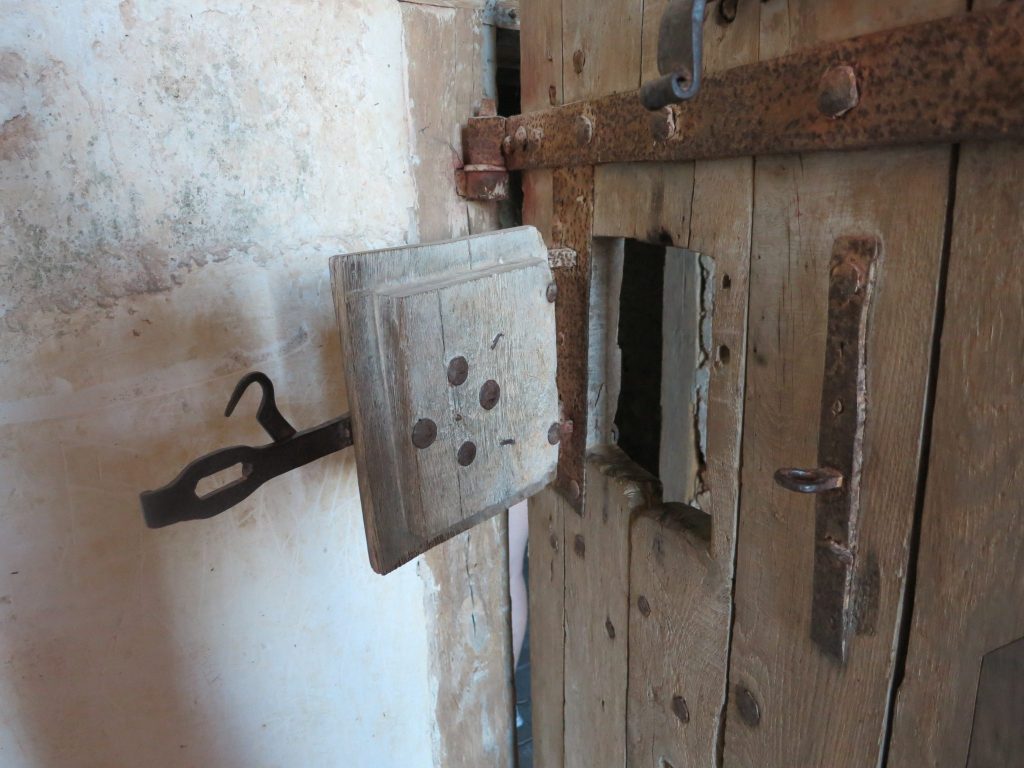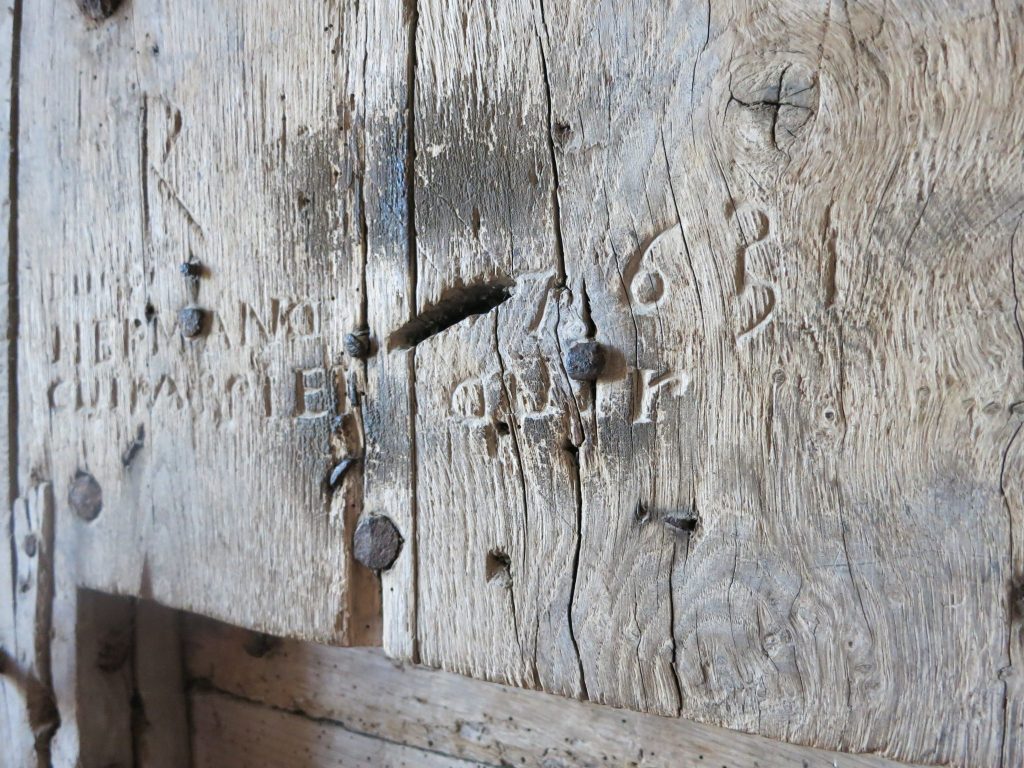When graffiti is okay
What do you think of graffiti? In my experience, there are two possible reactions:
- It’s vandalism, or
- It’s art.
Without getting into that argument, let’s look at a particular type of graffiti: the kind that names the person writing it, often accompanied by a date. Just that: name and date. Or perhaps there’s something more: a cross, for example, or some other small line drawing.
Generally we don’t think of that as art. It’s just someone wanting their name to go down in history: to be noticed. And often, we condemn it. It falls firmly in the category of vandalism.
Here’s another question: If you explored an ancient building – a medieval castle, for example – and spotted graffiti of this sort – a name and a date – on a wall, you’d be angry, wouldn’t you? Your reaction would be something like “How could they do that? Why would they do that? It’s so rude to deface an ancient building like that!”
Mine certainly would be. A medieval castle is unique: there are few that are still intact, and the ones that still stand are precious and need to be preserved, or at least prevented from decaying any further.
And yet.

Yesterday, we visited an interesting little castle called Chateaudun. This one was unlike the others we’ve visited in that it is a warren of empty rooms, with very little indication of what they were originally all about: no signs, no directions, nothing. Just empty rooms, except for a few upstairs with some tapestries on display and a chapel lined with statues.
Looking around on the ground floor and the basement, we could figure out some of what had been there: kitchens, for example, judging from the sheer size of the side-by-side fireplaces in each of two neighboring rooms.

The prison cells were full of graffiti, carved into the soft rock of the walls all around. The thing is: this didn’t annoy us. The graffiti was centuries old, some of it from the 17th century, perhaps earlier, though much was impossible to read because the cells were so dim.

“Cool! 1631!” was my reaction when I saw one whose date was relatively clear. My reaction to this graffiti, rather than to condemn it, was to see it as an interesting historical detail: the prisoners carved their names, messages and small drawings into the walls. It made me ponder how terrible it must have been for the prisoners to be shut into one of these dark cells by themselves.
But if I had spotted any recent graffiti, say “Joe 2012,” I would have felt absolutely incensed.
Yet there’s absolutely no difference between the two. In both cases, someone wrote their name and a date on the wall of a building. Both people wanted to leave a record of their presence in that particular place. I accept and even approve of one, but not the other.
So old graffiti is okay; new graffiti is not. My question is: when does graffiti qualify as old? Is it old if it’s more than 100 years old? Or must it be much older than that? Or is 50 enough? Why do we value some names and dates and not others?



I think it also is to do with sensibility and talent! After all, you need loads of dosh to buy a Banksy!
Sure, but Banksy doesn’t just write his name and the date! And haven’t some people considered his work vandalism in the past? I mean, before he got famous?